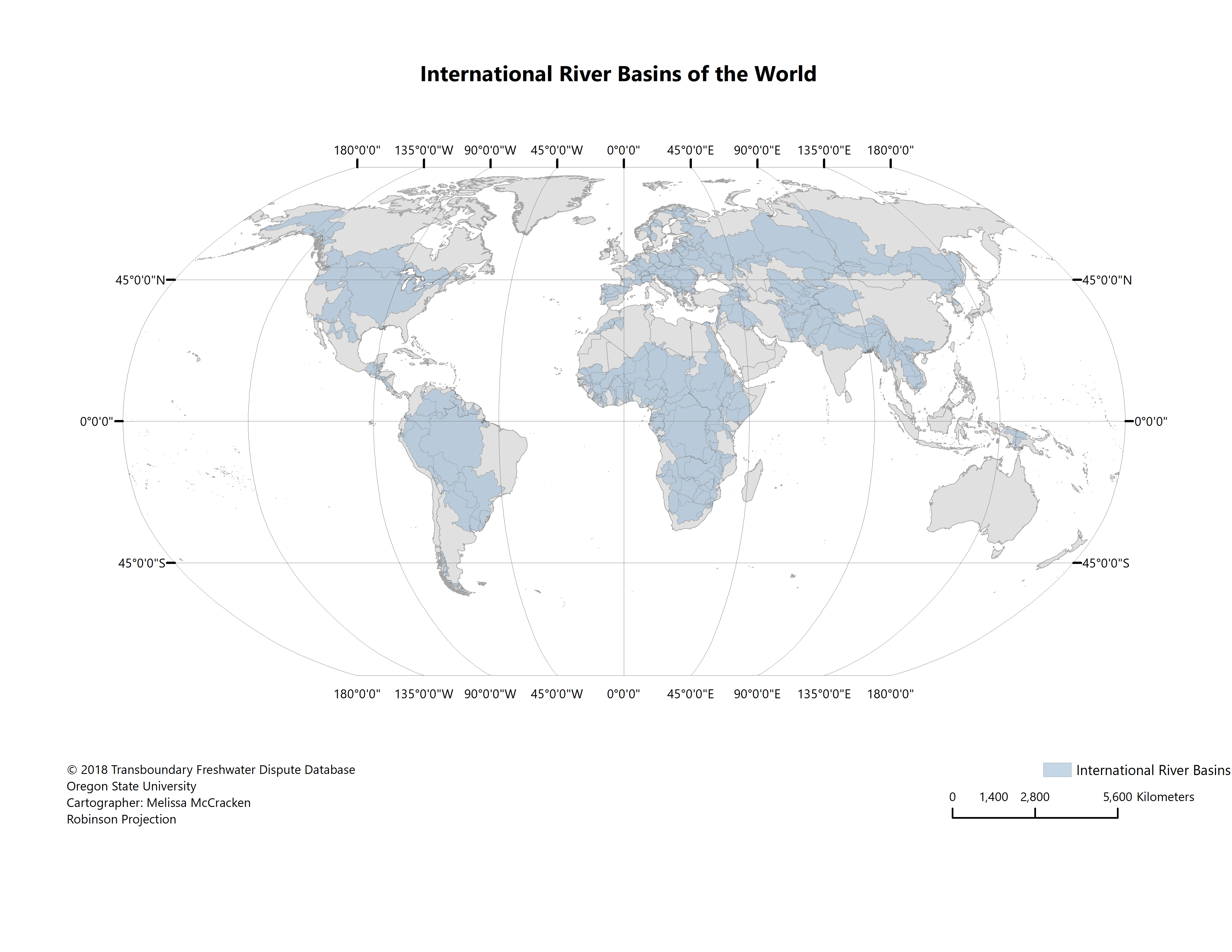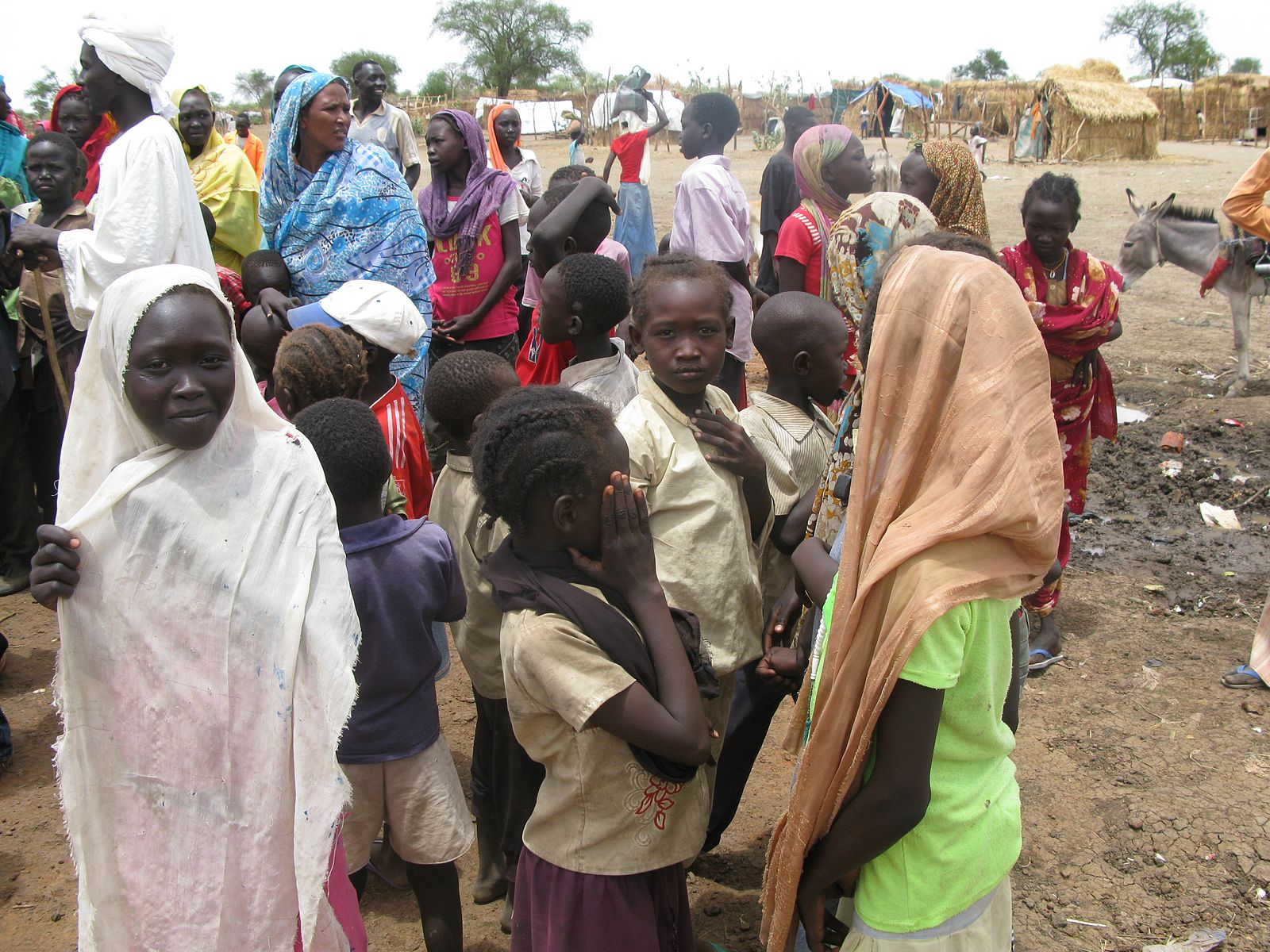IB Syllabus focus:
‘Industrialisation and population pressure raise stress; shared rivers/aquifers can spark disputes. Inequitable water and sanitation access harms health and development, especially for marginalised groups.’
Human activities, demographic trends, and inequitable access drive water-related challenges worldwide. Understanding these drivers, conflicts, and equity issues is crucial for evaluating sustainable water management and societal stability.
Drivers of Water Stress
Industrialisation
Industrialisation increases water demand for manufacturing, cooling, and energy production.
Expanding factories, power plants, and chemical industries require large withdrawals.
Wastewater discharge often pollutes local rivers, lakes, and aquifers.
Industrial development in emerging economies places severe pressure on already limited water resources.
Industrialisation: The large-scale development of industries that increases demand for water and often results in pollution of water systems.
Population Pressure
Population growth amplifies domestic, agricultural, and industrial water requirements.
Expanding urban areas raise municipal demand for drinking water, sanitation, and drainage.
Rural populations depend heavily on irrigation for food security.
Migration and urbanisation intensify localised water stress.
Climate Variability as an Exacerbating Factor
Though not a primary driver listed in the specification, climate variability intensifies stress by altering rainfall patterns and increasing drought or flood frequency, further straining water access.
Conflicts over Shared Resources
Transboundary Rivers and Aquifers
Many nations share rivers (e.g., the Nile, Mekong) or aquifers (e.g., Nubian aquifer in Africa). These transboundary systems are hotspots for disputes.

World map highlighting international transboundary river basins, illustrating where surface waters cross national borders and where upstream–downstream competition can arise. The map provides a clear geographic overview to anchor discussions of conflict risk and governance. No extra information beyond the syllabus emphasis is included. Source.
Many nations share rivers (e.g., the Nile, Mekong) or aquifers (e.g., Nubian aquifer in Africa).
Upstream users may construct dams or divert flows.
Downstream users risk reduced water quantity and quality.
Competition for irrigation, hydropower, and domestic supply often fuels diplomatic tension.
Transboundary Water Resource: A river basin, lake, or aquifer shared by more than one political or administrative boundary.
Local and Regional Conflicts
Conflicts are not limited to international scales. Within a country:
Urban centres may divert supplies away from rural farming areas.
Industries may secure preferential access, leaving communities with shortages.
Ethnic and cultural tensions may be magnified when groups compete for scarce water.
Conflict Escalation
Scarcity disputes escalate when infrastructure is inadequate or governance weak.
Competition for development—hydropower dams versus agriculture—fuels rival interests.
In extreme cases, conflicts spill into violence, displacement, or long-term insecurity.
Equity Issues in Water Access
Inequitable Access
Equity in water means fair distribution that allows all individuals to meet their basic needs. However, access is often unequal.

Children queue with containers at a communal water point, exemplifying inequitable access and the time burdens that fall on vulnerable groups. The humanitarian setting provides real-world context for health and development impacts. Location-specific details exceed syllabus scope but reinforce the equity concept. Source.
Wealthier groups can purchase bottled water or invest in private wells.
Marginalised communities depend on unreliable public systems or polluted sources.
Rural populations often lack safe drinking water infrastructure compared to urban centres.
Equity in Water Access: The principle that all people should have fair and sufficient access to safe water for drinking, sanitation, and livelihood needs.
Impacts on Health and Development
Inequitable water and sanitation access contributes directly to human suffering:
Health impacts: Contaminated water spreads cholera, dysentery, and diarrhoeal disease.
Education impacts: Children, particularly girls, may miss school due to water collection duties.
Economic impacts: Lack of sanitation and clean water reduces workforce productivity and discourages investment.
Marginalised Groups
Marginalised groups are disproportionately affected by inequitable access:
Women and children bear the greatest burden of collecting water in many societies.
Minority ethnic groups may be excluded from infrastructure projects.
Low-income communities cannot afford tariffs for improved supply and sanitation services.
Social, Cultural, Economic, and Political Dimensions
Social and Cultural
Traditions and customs may dictate who controls water sources within a community.
Cultural beliefs influence willingness to adopt water-saving technologies.
Inequity is reinforced when access rights are inherited or restricted by social status.
Economic
Pricing mechanisms such as tariffs affect affordability.
Industries often pay less per unit than households due to economic prioritisation.
Economic inequality widens the water-access gap between wealthy and poor.
Political
Governance quality directly affects equity and conflict management.
Corruption in water management can restrict access for marginalised groups.
Geopolitical tensions arise when states withhold water to gain political leverage.
Key Points for IB ESS Students
Industrialisation and population growth are the main drivers of water stress.
Shared rivers and aquifers frequently create conflicts at local, regional, and international scales.
Equity in access is essential for health, education, and sustainable development, yet it remains a challenge for marginalised groups worldwide.
Addressing water stress requires integrated management, balancing social, economic, cultural, and political dimensions to avoid deepening inequality and preventing conflict.
FAQ
Water treaties provide formal agreements between nations on how to share rivers or aquifers. They set rules for allocation, water quality, and infrastructure use.
Successful treaties often include:
Regular monitoring and data exchange
Conflict resolution mechanisms
Joint commissions to oversee implementation
Such agreements reduce uncertainty and build trust, lowering the likelihood of disputes escalating into wider conflict.
In many regions, women and girls are responsible for collecting water. Long collection times reduce opportunities for education and employment.
Health impacts from carrying heavy loads and exposure to unsafe water sources disproportionately affect women. Addressing equity in water access therefore has a direct link to reducing gender inequality.
Marginalised groups may lack political representation, meaning their needs are overlooked in planning.
Economic barriers, such as inability to pay for connections, further limit access.
Social discrimination and cultural hierarchies can also exclude certain groups, reinforcing cycles of inequity.
Conflict risk depends on:
Existing infrastructure capacity
Governance and management quality
Availability of alternative water sources
Social and political stability
If governance is strong and investment in infrastructure keeps pace, population growth may increase stress but not necessarily cause conflict.
Technology can improve access through:
Low-cost purification systems for rural areas
Mobile water quality monitoring tools
Efficient distribution networks using smart metering
When paired with community involvement, such technologies help ensure that benefits reach marginalised populations rather than only wealthier groups.
Practice Questions
Question 1 (2 marks)
Define the term equity in water access and explain why it is important for sustainable development.
Mark scheme:
1 mark for a correct definition: equity in water access means fair and sufficient availability of safe water for all people to meet basic needs.
1 mark for linking equity to sustainable development, e.g., by improving health, supporting education, or reducing poverty.
Question 2 (5 marks)
Explain how industrialisation and population pressure can act as drivers of water stress. Use examples to support your answer.
Mark scheme:
Up to 2 marks for explaining the role of industrialisation:
Increased demand for water in manufacturing, cooling, and energy (1 mark).
Pollution of water systems from industrial effluent (1 mark).
Up to 2 marks for explaining the role of population pressure:
Higher demand for municipal water supply and sanitation (1 mark).
Pressure on agricultural irrigation and food production (1 mark).
1 mark for use of an appropriate example or case study to illustrate either industrialisation or population growth as a driver of water stress.

